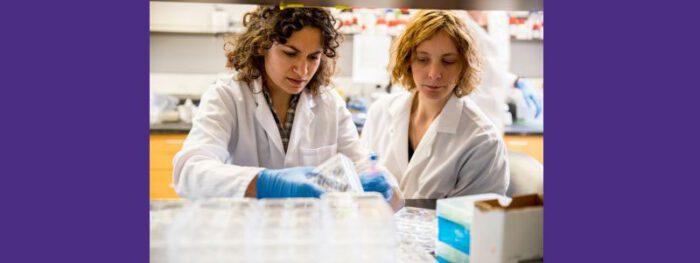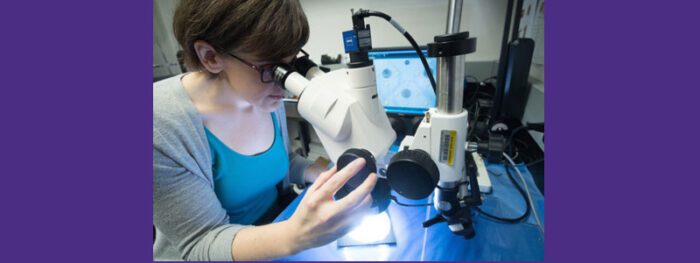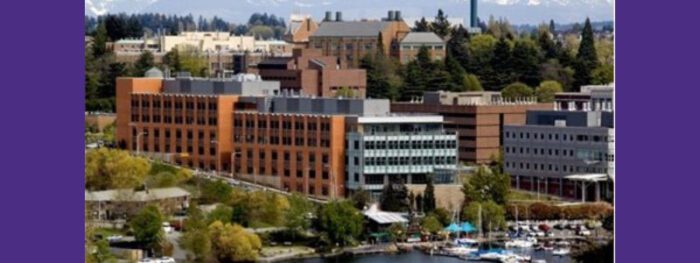Joint Associate Professor, Physics and Bioengineering
pwiggins@uw.edu
Phone: (626) 437-3761
Office: Foege N410F

Paul Wiggins
Quantitative Imaging
DNA and membrane statistical mechanics
The Wiggins lab is split between the Bioengineering and Physics Departments and we work closely with a number of labs in the Microbiology Department on problems ranging from DNA statistical mechanics and bacterial chromosome segregation to studying bacterial cooperativity in Cystic Fibrosis. From an engineering perspective, we are working on and developing a number of technologies including:
High-throughput fluorescence microscopy and automated analysis
Super-resolution fluorescence microscopy
Deep-sequencing based-structural analysis of the bacterial chromosome.
BS, Applied and Engineering Physics, Cornell University, 1999
2007-2008 Skeggs Fellow at the Whitehead Institute
2005-2010 Whitehead Fellowship
2000-2003 NSF Graduate Fellowship
2000 Outstanding Undergraduate Research Award Lecture, Astronomical Society of New York
1999 Graduated Summa Cum Laude with Honors, Applied and Engineering Physics Cornell University
1999 Cucindal Award (For most promising student in the Applied and Engineering Physics Department at graduation), Cornell University
BIOEN 498/599: Contemporary Light Microscopy and Biophotonics
BIOEN 498/599: Contemporary Light Microscopy and Biophotonics Lab
P. A. Wiggins, R. Th. Dame, M. C. Noom, G. Wuite. Protein mediated bridging motifs: a key mechanism in biopolymer organization. Biophys J. Oct 2009. (Featured Article.)
Rob Phillips, Tristan Ursell, Paul Wiggins, Pierre Sens. Emerging roles for lipids in shaping membrane-protein function. Nature. 459(7245) 379-85. (2009) Review.
Lee HJ, Peterson EL, Phillips R, Klug WS, Wiggins PA. Membrane shape as a reporter for applied forces.. Proc Natl Acad Sci U S A. 2008 Dec 9;105(49):19253-7. Epub 2008 Dec 1. Commentary: – Frolov VA, Zimmerberg J. Membranes: Shaping biological matter. Nature Materials. 8(3) 173-174. (2009).
T. Ursell, J. Kondev, D. Reeves, P. Wiggins, and R. Phillips. The Role of Lipid Bilayer Mechanics in Mechanosensation in Mechanosensitivity in Cells and Tissues 1: Mechanosensitive Ion Channels, edited by A. Kamkin and I. Kiseleva, Springer-Verlag, Berlin, 2008. Review.
Wiggins PA, van der Heijden T, Moreno-Herrero F, Spakowitz A, Phillips R, Widom J, Dekker C, Nelson PC. High flexibility of DNA on short length scales probed by atomic force microscopy. Nat Nanotechnol. 2006 Nov;1(2):137-41. Epub 2006 Nov 3. Commentary: – Podgornik R, Polymer physics: DNA off the Hooke. Nat Nanotechnol. 1(2) 100-1. (2006) – Brendan Maher. Physics in the cell: Spring theory. Nature 448, 984-986. (2007)
Garcia HG, Grayson P, Han L, Inamdar M, Kondev J, Nelson PC, Phillips R, Widom J, Wiggins PA. Biological consequences of tightly bent DNA: the other life of a macromolecular celebrity. Biopolymers. 2007 Feb 5;85(2):115-30.
Wiggins PA, Nelson PC. Generalized theory of semiflexible polymers. Phys Rev E Stat Nonlin Soft Matter Phys. 2006 Mar;73(3 Pt 1):031906. Epub 2006 Mar 7.
P.A. Wiggins, R. Phillips & P. Nelson. Exact theory of kinkable elastic polymers. (PRE 013501, cond- mat/0409003).
P. Wiggins & R. Phillips. Membrane-protein interactions in mechanosensitive channels. Biophys. J., 88 (2): 880-902 (2005).
P.A. Wiggins & R. Phillips. Analytic models for mechanotransduction: Gating a mechanosensitive channel, Proc. Nat. Acad. Sci., 101: 4071-4076 (2004).
P.A. Wiggins & D. Lai. Tidal Interactions Between a Fluid Star and a Kerr Black Hole in Circular Orbit, Astrophys. J. 532:530 (2000).
In the News
PharBE alumna Kayla Garrett on finding your niche
2024-07-02T09:39:32-07:00July 2nd, 2024|
Kelly Stevens co-leads new NIH-funded center to reduce disparities in biomaterials research
2024-07-01T07:32:05-07:00July 1st, 2024|
Amy Orsborn receives prestigious NSF CAREER award
2024-06-25T11:27:43-07:00June 25th, 2024|
Exceptional department review highlights strengths of UW Bioengineering
2024-06-17T10:05:51-07:00June 17th, 2024|
Four Bioengineering professors receive WRF grant for pioneering life-science projects
2024-06-12T11:04:15-07:00June 12th, 2024|
Faculty Promotions: Andre Berndt and Patrick Boyle
2024-06-12T05:35:48-07:00June 12th, 2024|








